Our History
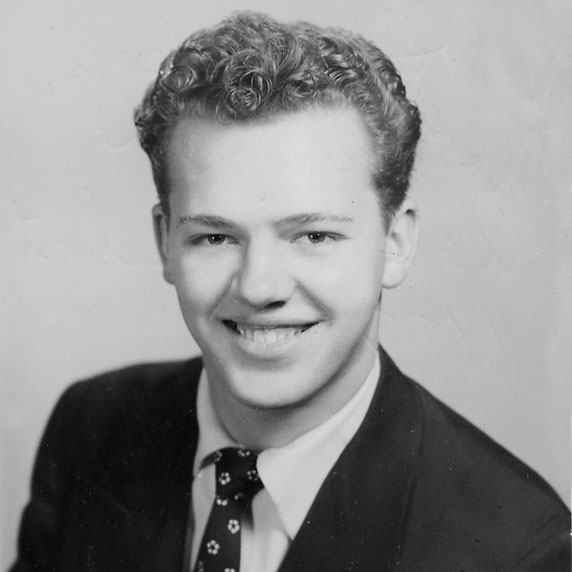
Early Days of John Edwin Upledger
Born on February 10, 1932 in Detroit, Michigan, Dr. Upledger was an unassuming child who would grow up to change the world for healthcare practitioners worldwide. Graduating Wayne State University with a B.S. in Psychology, he became a Coast Guard Medic before beginning his studies in Osteopathic Medicine at Kirksville College in 1957. After graduating as a Doctor of Osteopathic Medicine, he moved to Florida in 1965 to begin his career at Suncoast Osteopathic Hospital.
Starting His Career
After years of honing his craft, John Upledger opened St. Petersburg Free Clinic in 1975 where he developed a reputation as a unique and gifted physician. While assisting in a surgery he noticed an anomaly—a rhythmic movement of the dural membrane of the spinal cord—and determined that needed to be explored. Knowledge of Dr. John's work had spread, and Michigan State University invited him to lead a research team of anatomists, physiologists, biophysicists and bioengineers to prove or disprove the basic tenets of cranial manipulative techniques: the movement of cranial bones. At the time, Dr. W.G. Sutherland's cranial osteopathy theories and practices were seen as improbable and questionable at best by others in the osteopathic medical community. Dr. Upledger's research focused on the movement of cranial bones at the sutures and studying live sutural material that contained specific elements including collagen, nervous and vascular tissues.
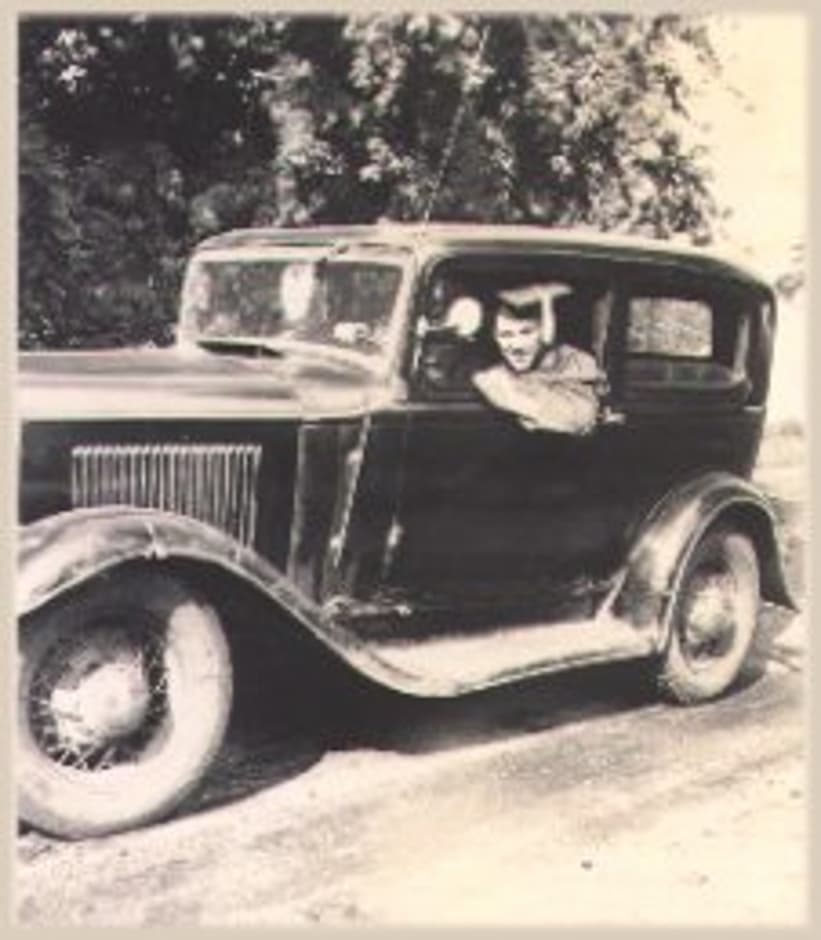
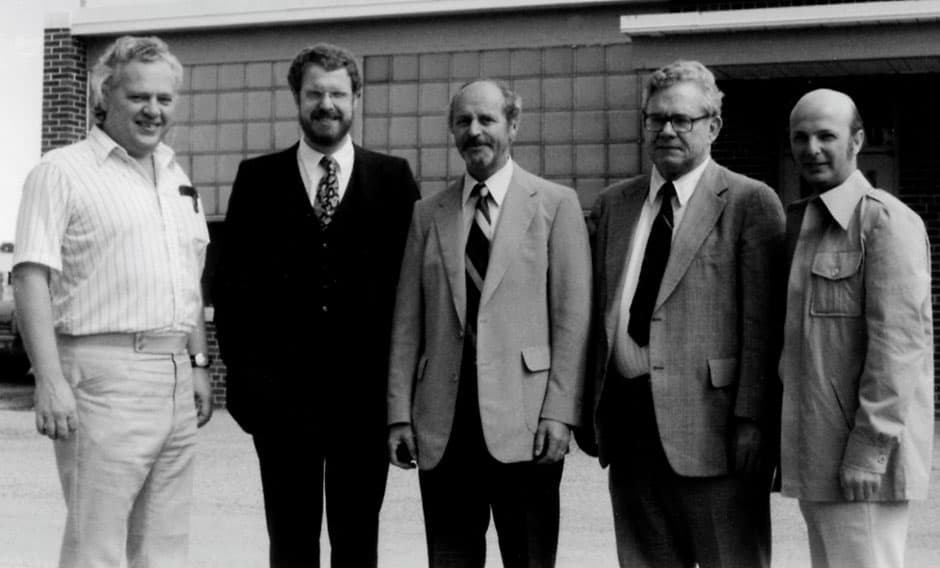
The Birth of CranioSacral Therapy
In 1978 Dr. Upledger developed a hypothesis of the craniosacral dura mater and cerebrospinal fluid being integrated into a comprehensive model of the craniosacral system, which he termed the "PressureStat Model". This hypothesis was developed out of fresh cadaver dissection and examination of sagittal sutural material containing nervous tissue. The results of the scientific studies at MSU helped explain the function of the craniosacral system and its use in evaluating and treating poorly understood malfunctions of the brain and spinal cord. Dr. Upledger went on to develop the manual therapy that he called "CranioSacral Therapy," as well as other complementary disciplines that are now taught worldwide to healthcare professionals through Upledger Institute International's educational programs. And to this day, the PressureStat Model has stood the test of time.
CranioSacral Therapy Across The World
In 1983 Dr. John Upledger wrote his first textbook, CranioSacral Therapy, and went on to author seven additional books detailing the application of CranioSacral Therapy and SomatoEmotional Release, which have been published in various languages. In 1985, with the help of his son, John Matthew Upledger (1960-2017), Dr. Upledger would open the Upledger Institute International in Palm Beach Gardens, Florida - an education, research and healthcare organization specializing in CranioSacral Therapy and other integrative, whole-person disciplines. By 1990, the Upledger Institute International's reputation had grown due to its academic programs and quality of instructors who Dr. Upledger had trained, and classes expanded around the globe.
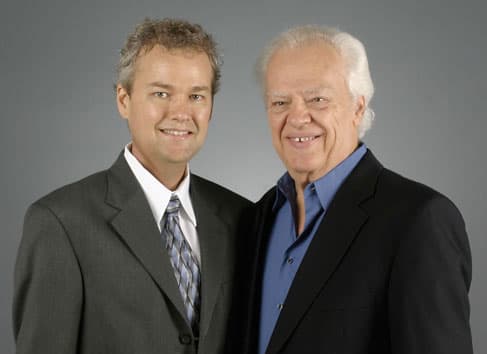
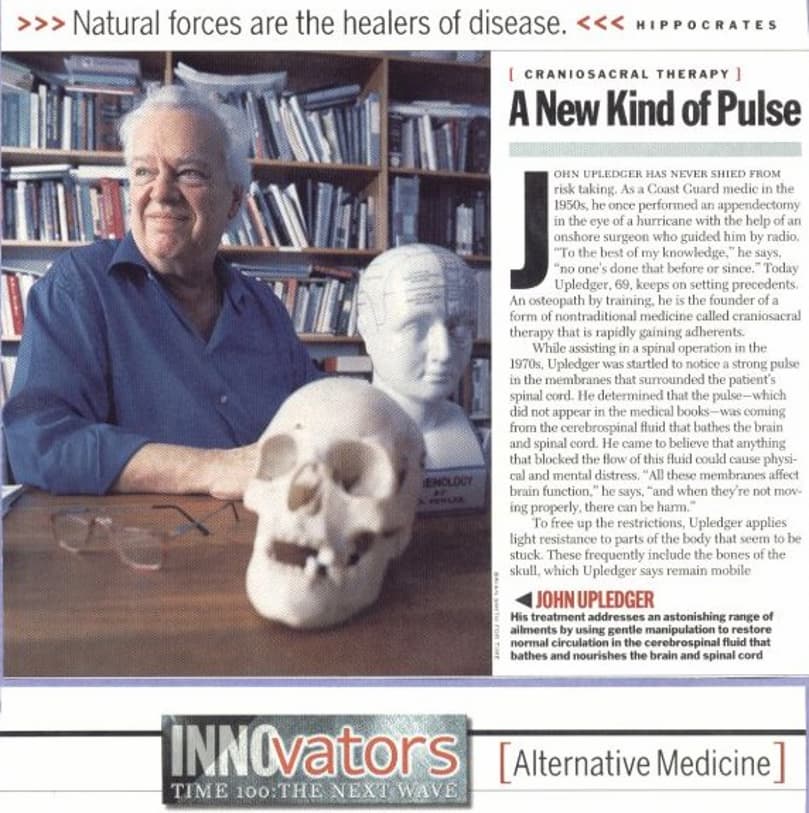
Becoming a Legend
In the early 2000s, with his reputation preceding him, Dr. John E. Upledger would be the subject of a number of high profile events from testifying before Congress on the effectiveness of CranioSacral Therapy, serving on the Alternative Medicine Program Advisory Council for the Office of Alternative Medicine at the National Institutes of Health in Washington, D.C., and being named by TIME magazine as one of America's "Next Wave of Innovators." During this time Dr. Upledger also continued to expand his curriculum with CranioSacral Therapy applications for Pediatrics, Obstetrics, the Brain, the Immune System, BioAquatics and more.
Upledger Institute International Today
Dr. John Upledger passed away on October 26, 2012 at his home in Palm Beach Gardens, Florida but his legacy lives on. In the present, Upledger Institute International has trained more than 150,000 healthcare professionals in over 110 countries, and the curriculum has grown to 60 class types with more than 100 International Instructors. His research and findings continue to be shared by the healthcare community and are considered the cutting edge in the field of CranioSacral Therapy applications and client-centered healthcare.
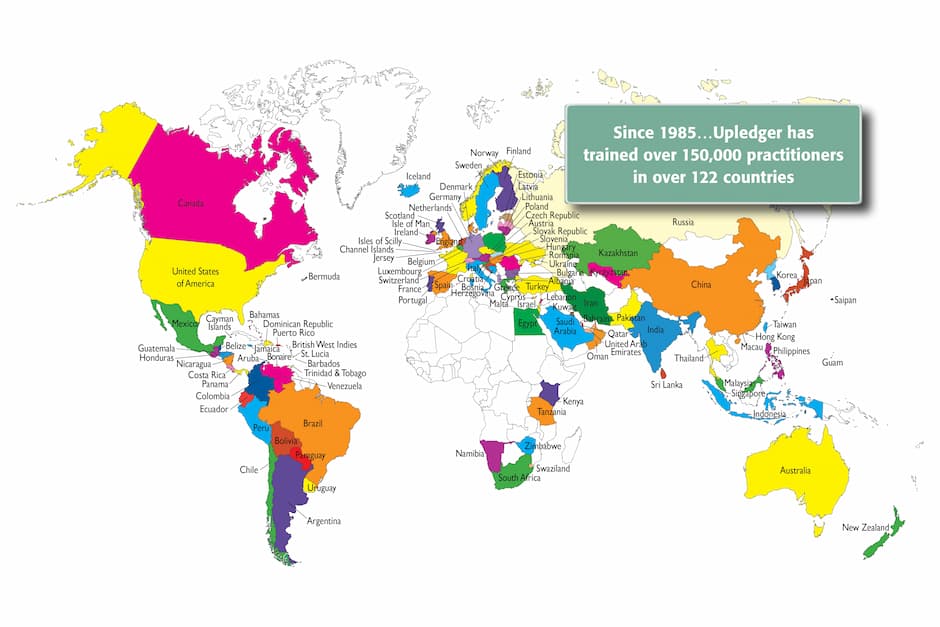
Become Certified
Ready to learn about becoming a certified CST practitioner?
Get StartedContact Us
Have questions? Join newsletter?
Contact Us
































































